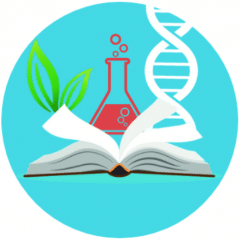Taxonomy Study Guide
| What is taxonomy? |
| Who was the first taxonomist & how did they group organisms? |
| What language is used today in scientific naming? Which taxonomist was first to use this language? |
| Who is responsible for our modern naming system for organisms? |
| The Linnaean classification system is based on what? |
| What is the Linnaean naming system known as? Describe this system. |
| What are the two words in a scientific name called & how should they appear in print & when you write them? |
| Correctly write the scientific name for man. |
| Why aren’t common names good to use? |
| What is the modern system of classification based on? |
| What are taxa? |
| Name the 7 taxonomic categories listing them from broadest to most specific. |
| How many kingdoms did Linnaeus divide organisms into? |
| Name the kingdoms of organisms today & tell the major characteristics of each kingdom. |
| Give an example of an organism found in each kingdom. |
| Write the classification hierarchy for one plant or animal. |
| What is another name for a family tree? |
| The organism found at the bottom of a phylogenetic tree would be the _______________ of all other organisms on the tree. |
| Where are the most modern organisms found on a phylogenetic tree? |
| Phylogenetic trees show possible ______________ relationships among organisms. |
| What are homologous structures & give an example? |
| What are analogous structures & give an example? |
| Which structures indicate a shared common ancestor — analogous or homologous? |
| Taxonomy based on shared derived characteristics is known as ____________ taxonomy. |
| Domain systems of taxonomy are based on comparing sequences of _______________. |
| Name the 3 domains and tell what is included in each group. |
| Be able to identify organisms using a taxonomic key |
